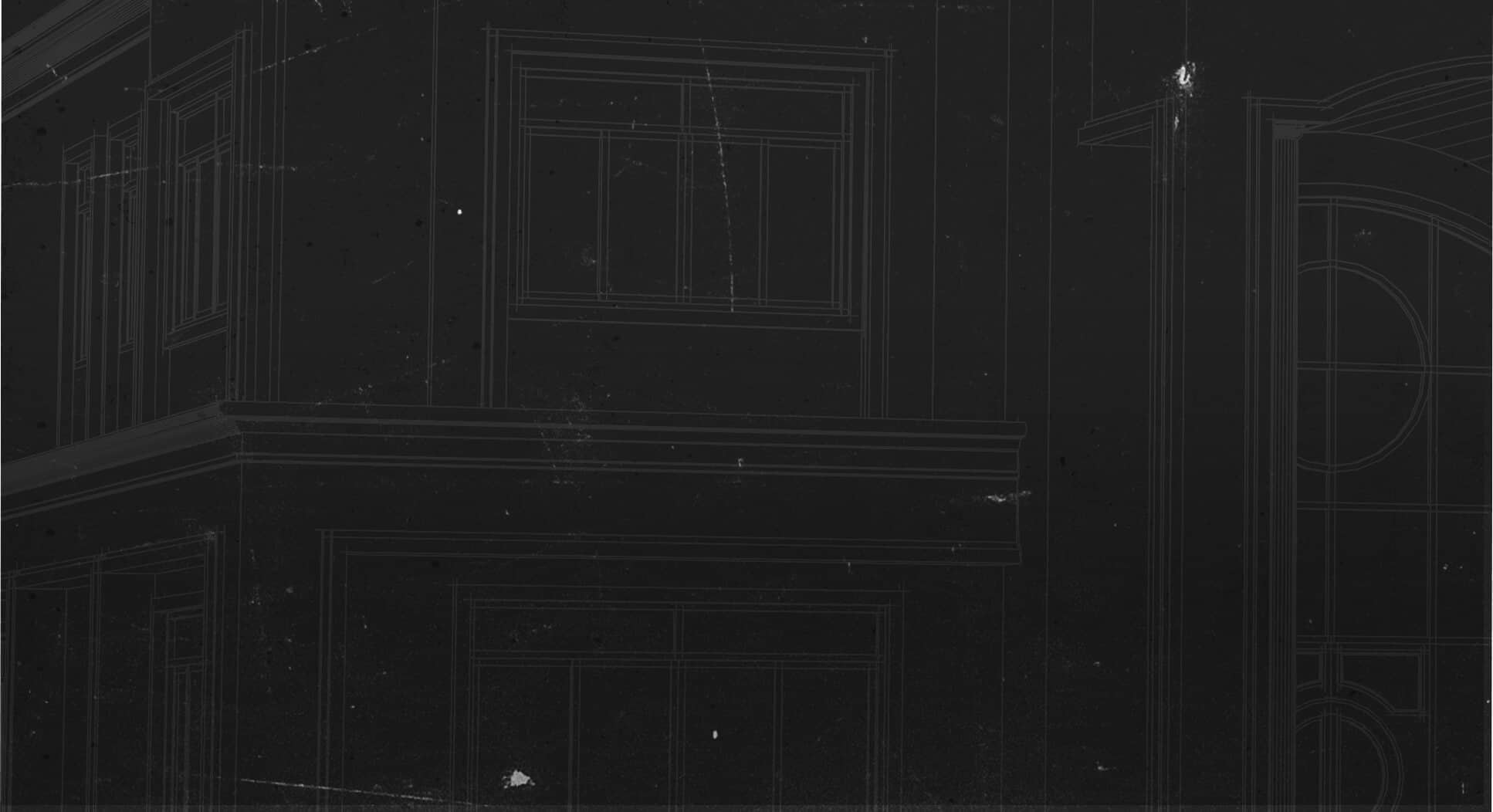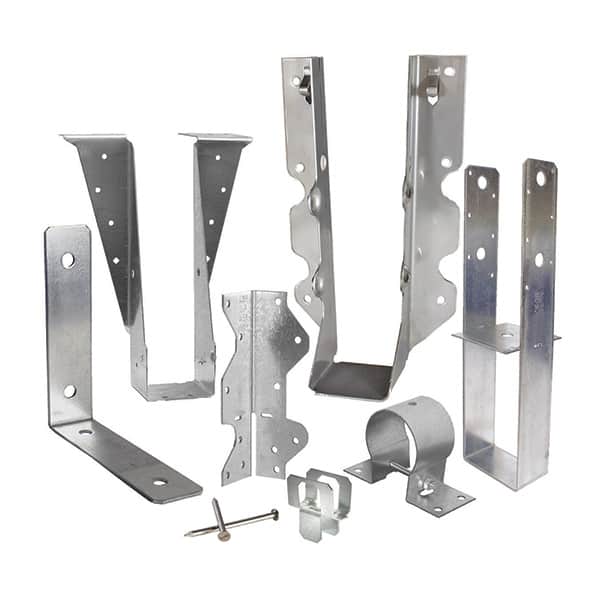
ICC CODE COUNTS ARTICLE
ICC CODE COUNTS ARTICLE: MARCH 2017
STRUCTURAL CONNECTORS TESTS AND EVALUATIONS
HOW IS LOAD BEARING DETERMINED FOR STRUCTURAL CONNECTORS? THE ANSWER IS MORE COMPLEX THAN YOU MIGHT THINK.
When engineers or builders need a structural connector, it’s often as simple as going to a website or catalog and finding a connector that meets or exceeds their load-bearing requirements.
But the testing and evaluation process that leads to that designation is anything but simple.
In fact, structural connectors must undergo many rigorous tests and evaluations before they are finally approved for use at their designated load-carrying capacities. While complex, the system behind this process also protects builders from liability – and helps ensure overall public safety.
Here’s a look at how structural connectors are tested and evaluated as well as how the final allowable loads are determined.
Standards Governing Structural Connectors
The International Code Council’s Evaluation Service, or ICC-ES, is a nonprofit organization that generates the most widely recognized evaluation reports for these products. Another organization called the International Accreditation Service, or IAS, certifies the test labs that evaluate these products. These labs are approved and certified to test for specific ICC-ES Acceptance Criteria (ACs) and/or specific American Society for Testing and Materials (ASTM) standards. The typical joist hanger falls under AC13 and the ASTM-D7147 standard.
These tests ultimately lead to what’s called an ICC-ESR (Evaluation Service Report) number, which is an evaluation report that building code officials and design professionals use to independently check and verify that the proper connector is being used for any particular load application. In general, structural connectors must receive an ICC-ESR number first before they are specified and accepted for use, which ensures that these products meet a certain safety baseline. For some products, it may take up to two years before all tests and evaluations are completed.
Quality Control Assurances for Structural Connectors
But testing the product is just the first step in getting an ICC-ESR number for a structural connector. Concurrently, ICC-ES must also qualify the manufacturing plants that will produce the structural connector. This often requires a separate set of inspections and evaluations. These companies must develop and follow their own specific quality control measures for manufacturing and they must document that they are following these rules. ICC-ES AC-10 provides the QC guidelines that govern this process.
Part of this quality control includes biannual or annual independent inspections from ICC-ES officials to ensure that companies are following AC-10 quality control measures. Plant managers must produce documented proof that they are following AC-10 specifications when they manufacture the structural connector. If those documents can’t be produced, the plant receives a Corrective Action Request (CAR) and is given 30 days to produce documentation that the issue has been resolved. If it is not produced, it is possible that the company can lose their ESR report and have it pulled from the ICC-ES website.
Load Tests for Structural Connectors
In order to ensure that the products tested will be representative of what the plant manufactures, the test lab must randomly select the hangers as well as the lumber and nails that are used for the tests. AC13 and ASTM D7147 require that these test samples be a representative sampling.
In the lab, once the structural connectors, lumber and nails are assembled, the ASTM D7147 testing protocol has several different guidelines that must be followed. One of them includes a limitation on load rate. The load must be applied at a uniform rate such that the load cell moves less than 0.2 inches per minute and greater than 0.03 inches per minute. Loading a joist hanger too quickly (or too slowly) may result in an artificially high load-bearing capacity.
There are three key values to determine the allowable load:
- The ultimate load (failure load) divided by three
- The load that causes 1/8-inch relative deflection between the joist and the supporting header
- The load based on calculations using the allowable wood bearing stress and allowable sheer capacity of the nails per NDS.
The allowable load is the lowest value of the three values. But often the load that causes a 1/8 inch relative deflection is what controls.
Even after those tests are completed, the process isn’t finished. The test lab must also measure the specific gravity of the lumber used in the test. Specific gravity measures the density of the lumber, which relates to strength. For example Doug Fir has a specified specific gravity of 0.5. The lab also determines the actual strength and thickness of the steel in the hangers that were tested. Similarly, the nails must be assessed for strength based on the National Design Specification (NDS). The bottom line is that any “over strength” in the lumber or steel used in the test, compared to their specified values will result in the tested load values to be adjusted downward, i.e. they are normalized downward to their specified design values. In this scenario, lumber is usually the variable that causes the largest reduction because it is so variable.
It is only after all of these tests, inspections and analysis that ICC-ES finally grants the ESR evaluation report (ESR number) for the product. Builders, engineers and inspectors can then choose these structural hangers with high confidence that they can be relied upon to maintain building integrity – and public safety.
For more information about how structural connectors are tested and evaluated to determine allowable loads, go to Contact.
{Disclosure statement}
The views and opinions expressed in this article are those of MiTek USA, Inc. and do not necessarily reflect those of the International Code Council, or Hanley Wood

